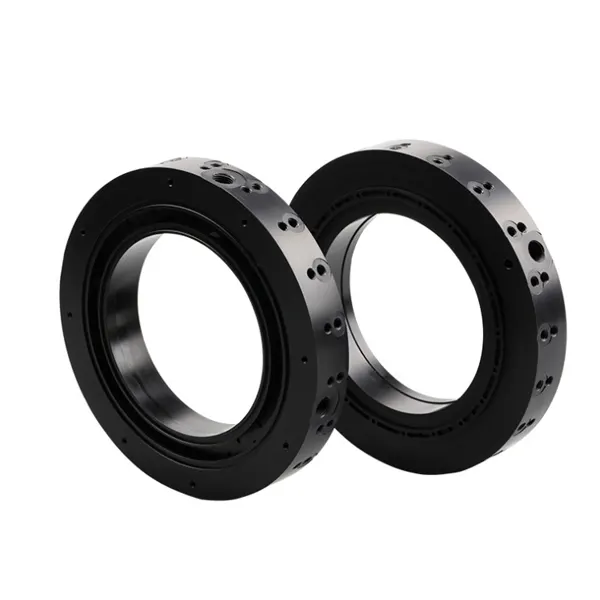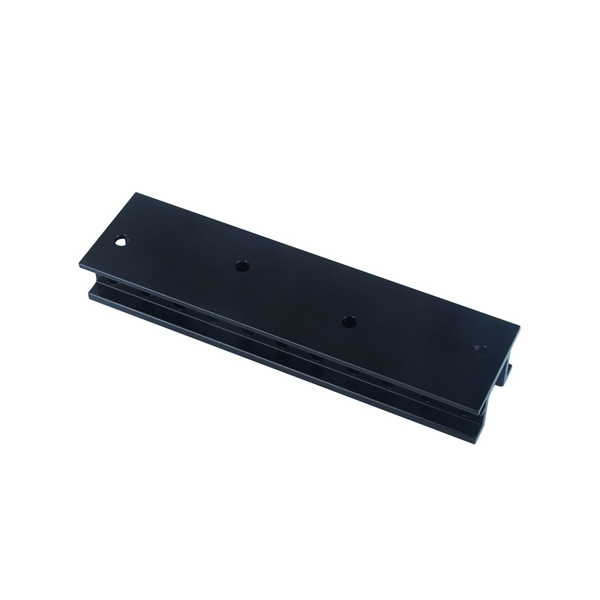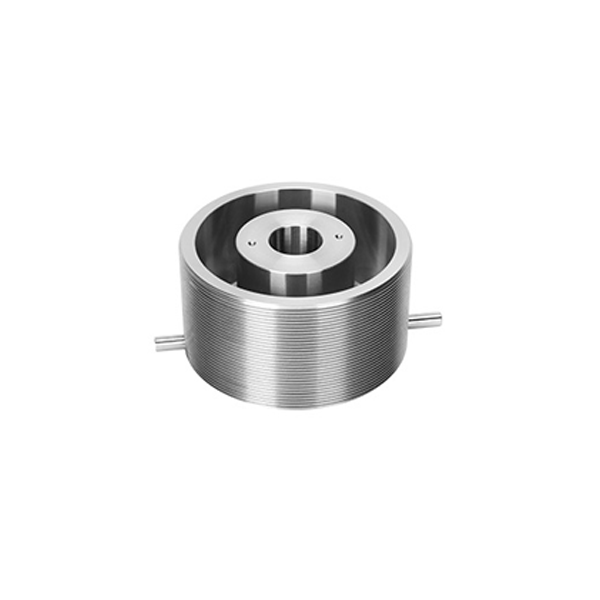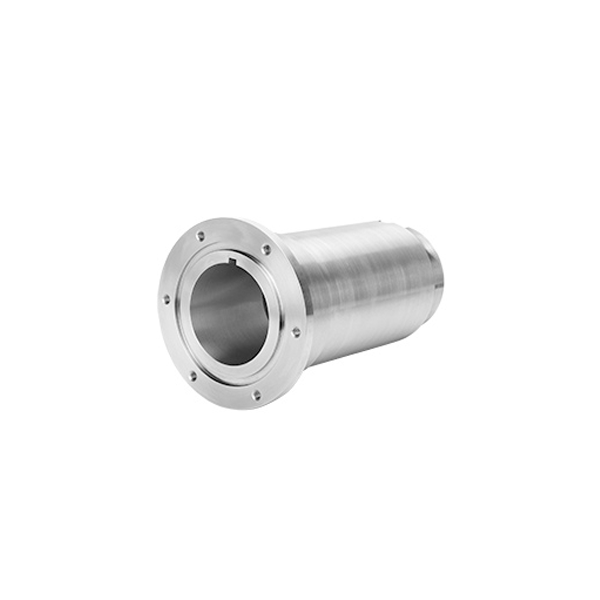GD Prototyping

Vacuum Casting
-
Process Accuracy: ±0.2 mm (depending on case size/complexity)
-
Materials: Polyurethane resins (rigid, flexible, heat-resistant, transparent)
-
Surface Options: Smooth, painted, textured, or clear-polished finishes
-
Batch Runs: 1–25+ cases per silicone mold
-
Mold Type: High-quality silicone molds for detailed reproduction
-
Lead Time: 7–10 working days on average
- Description
- Specification
- Application
- FAQS
Vacuum Casting is a precise replication method for producing small series of functional plastic parts. It relies on silicone molds that capture every detail of a master pattern. First, you create a master model using CNC machining or 3D printing. Then, you pour liquid silicone over this model to form a flexible mold. Once the silicone cures, you remove the master and prepare the mold for casting.
Next, you mix two-component polyurethane resin according to the desired properties. You may add colorants or fillers to match specific visual or mechanical requirements. After mixing, you place the resin and mold inside a sealed chamber. A vacuum pump removes air from the mold cavity and the liquid resin. This step reduces bubbles and ensures a high-quality surface finish.
With the mold under vacuum, the resin flows into all features of the mold. You then release the vacuum, allowing atmospheric pressure to push the resin fully into the mold. After the resin cures, you open the mold and extract the part. You can typically demold parts within an hour, depending on the resin’s curing profile.
Vacuum Casting cases often involve small batch production runs of ten to a few dozen parts. These cases require consistent mechanical properties, such as tensile strength and flexibility. Vacuum Casting cases allow you to test form, fit, and function before investing in high-volume tooling.
Additionally, vacuum casting supports rapid iteration. You can modify the master model and produce a new mold within a day. This flexibility makes the process suitable for functional prototypes, presentation models, and limited end-use components. You can also produce parts with transparent, rubber-like, or high-temperature-resistant characteristics by choosing specialized resins.
The method finds applications in automotive trim pieces, consumer electronics housings, and medical device prototypes. Vacuum Casting delivers consistent color, texture, and dimensional accuracy across small batches. With proper post-processing—such as trimming, sanding, and painting—you achieve a finish that closely resembles injection-molded parts.
Advantages Of Vacuum Casting
Low cost for silicone molds
Cast urethane parts are made of cheap molds, eliminating the need to invest in expensive and time-consuming metal tooling. It is a cost effective method for making high quality prototypes and low volumes of parts.
Fast delivery
Up to 50 functional cast urethane parts can be produced in 10 to 15 days when you choose vacuum casting.
A wide selection of materials
Casting resins materials range from soft and flexible to rigid and impact-resistant, as well as colored and clear.
High precision and fine details
Vacuum casting provides end-use parts of high precision and fine details with production-level quality.
Excellent surface finish
Urethane casting can provide better surface textures compared with CNC prototyping or 3D printing.
| Parameter | Value / Description |
|---|---|
| Process Name | Vacuum casting |
| Key Benefits | Low cost, fast production, wide material selection |
| Materials Used | Two-component polyurethanes, silicone molds |
| Production time | 10 to 15 days for up to 50 functional parts |
-
Electronics: Device housings, covers, and transparent display cases.
-
Medical: Protective casings for diagnostic tools and portable devices.
-
Consumer Products: Durable enclosures for gadgets, appliances, and accessories.
-
Automotive: Small interior enclosures and functional case prototypes.
-
Industrial: Protective cases for equipment and low-volume testing.
-
Design Models: Visual prototypes for presentations and concept validation.
Q1: Why use vacuum casting for cases?
It provides high-quality, production-like cases quickly and affordably, ideal for testing and low-volume needs.
Q2: How many cases can be produced from one mold?
Typically 20–25, depending on design and material.
Q3: Can vacuum casting cases be transparent?
Yes, clear resins allow production of see-through cases for electronics or displays.
Q4: Are vacuum casting cases durable enough for functional testing?
Yes, they are suitable for mechanical and environmental testing before mass production.
Q5: What industries use vacuum casting cases most?
Electronics, medical, consumer products, and industrial sectors.










